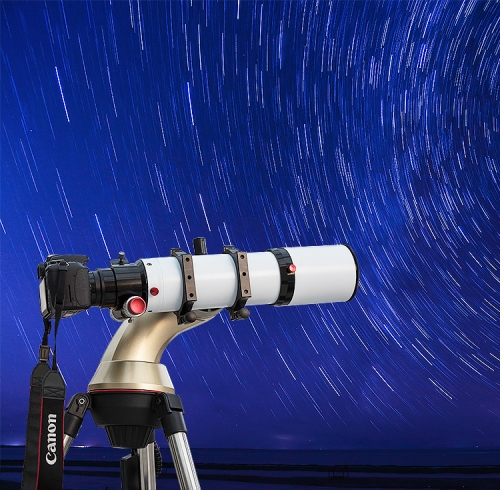Enterprise name:Huaian Dong Sheng Photoelectric Instrument Co., Ltd.
Contact: Wang Li
Telephone:0517-83852182
Mobile phone:15252390568
Mailbox:976723966@qq.com
Fax:
Address: No. 9, Haikou Road, Huaian economic and technological development area.
Website:www.zgdsgd.cn
After years of research on the structure of astronomical telescopes by the astronomical telescope, it has been found that the imaging principle of the telescope has a great relationship with the structure of the telescope. Caliber: the diameter of the lens, the size of the aperture determines the light and the resolution of the telescope, the greater the caliber and the brighter the brighter, the higher the resolution; the focal distance, from the object lens to the focus distance, is generally expressed as "F", the unit is mm. such as f=600mm, the focal distance 600mm; the coke ratio is mm = coke; the equivalent of the lens's aperture is "F"; the F value is the more. The higher the luminance, the ratio: the lens focal distance (mm) of the objective lens (mm), the longer the focal length of the objective lens, or the replacement of the shorter focal eyepiece, the greater the ratio of the optical axis: the axis of the optical path in the telescope, if the optical axis deflected, the telescope can not perform the best performance, and may not be imaging when the telescope is serious.

Coating: a special metal compound on the surface of the lens, in order to reduce the light and increase the transmittance of the light; the star mirror: a small telescope with a small telescope on the main mirror, using its wide field of vision to facilitate the search of celestial bodies; guide star mirror: the main mirror is observed for a long time for the sake of time. To correct the error in the tracking, a telescope at the side of the main mirror is set at the side of the main mirror. It is called the guide star mirror, the aperture of the star mirror, the focal length and the magnification are larger than the star seeking mirror, and the field of view is smaller than that of the star (parallel to the main mirror axis). In this way, when the observation target deviates from the center of the primary mirror, it can be reflected in the guide star mirror and can be transferred back to the center of the field in time.